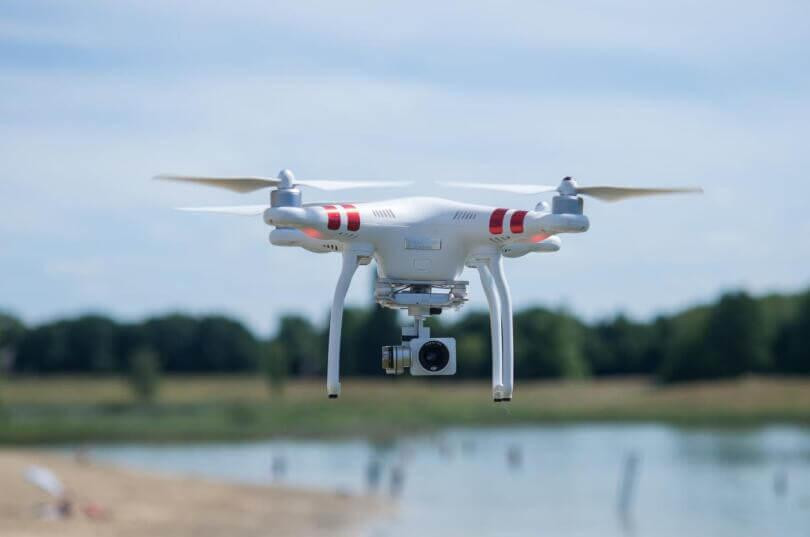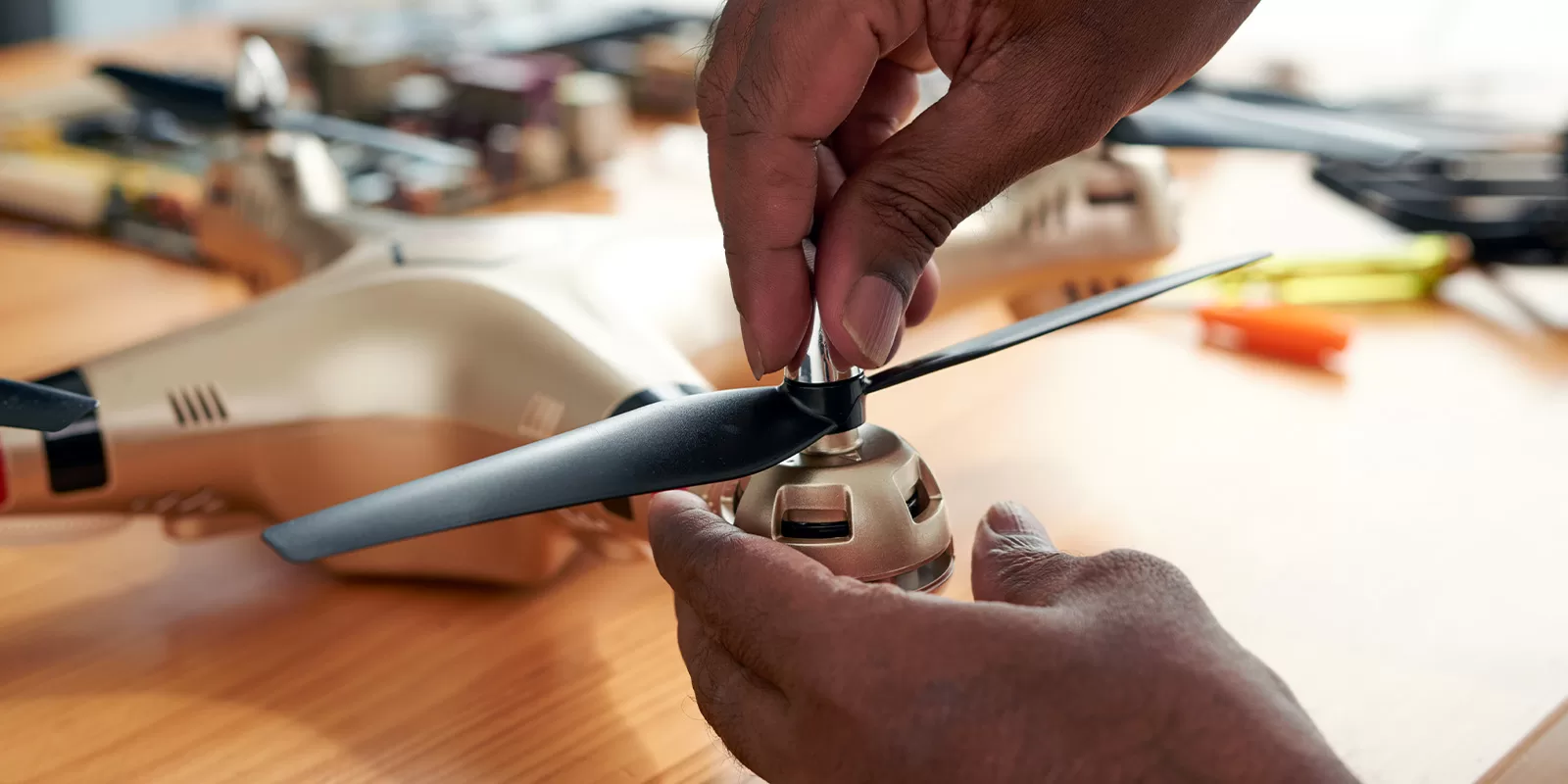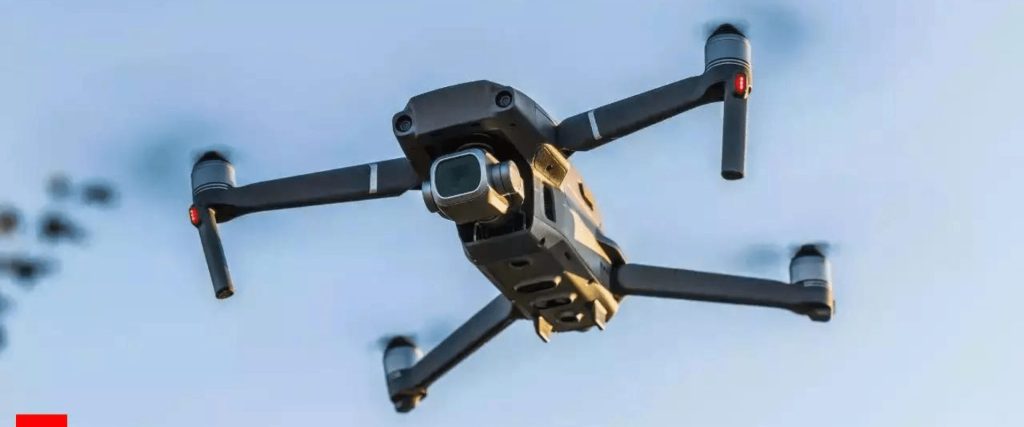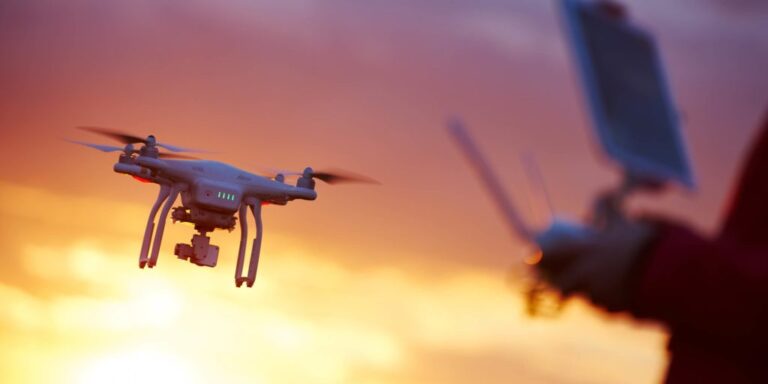Physical Address
304 North Cardinal St.
Dorchester Center, MA 02124
Physical Address
304 North Cardinal St.
Dorchester Center, MA 02124


This post may contain affiliate links. As an Amazon Associate, we may earn commissions from qualifying purchases.
Have you ever wondered how to maintain an aerial drone? Whether you’re a seasoned pilot or new to the world of drones, proper maintenance is crucial to ensure your drone has a long and healthy flight life. In this guide, you’ll learn all the essential tips and tricks to keep your drone in top condition.
Before diving into maintenance, it’s essential to understand the key components of your drone. Knowing what parts need attention will help you in your maintenance routine.
Your drone consists of several critical parts, and each plays a unique role. Here are the essentials:
| Part | Description |
|---|---|
| Frame | The structure that holds all the components together. |
| Propellers | Essential for lift and movement. |
| Motors | Drive the propellers and are crucial for flight. |
| ESC (Electronic Speed Control) | Regulates the speed of the motors. |
| Flight Controller | The brain of the drone, controlling all navigation. |
| Battery | Powers the drone. |
| Camera | Captures aerial video and photos. |
| GPS Module | Helps with navigation and positioning. |
| Gimbal | Stabilizes the camera to ensure smooth footage. |
Understanding these parts will help you know what to look for during maintenance.
Before each flight, it’s important to run a series of checks to ensure your drone is ready to take off. This not only ensures safety but also prolongs the life of your drone.
Start with a visual inspection. Look for any visible damage to the propellers, frame, and landing gear. Small cracks or damages can worsen over time if not addressed promptly.
Ensure your propellers are free of nicks or cracks. Damaged propellers can affect flight performance and even cause crashes. Replace any damaged propellers immediately.
Check the battery for any swelling or damage. A damaged or swollen battery can be dangerous and should not be used. Ensure the battery is fully charged and securely attached to the drone.
Manually spin the motors to ensure they move freely without any obstruction. Any resistance or strange noise could indicate an issue that needs to be addressed.

Some maintenance tasks should be carried out after every few flights to keep your drone in tip-top condition.
Dust and debris can affect the performance and longevity of your drone. After a few flights, it’s a good idea to clean your drone.
Keeping your drone’s firmware updated is crucial for optimal performance and safety. Firmware updates often include fixes, new features, and performance improvements.
With regular use, screws and bolts can become loose. Make it a habit to check and tighten them—just be careful not to overtighten, which could strip the threads.
In addition to regular checks, some components require more in-depth maintenance periodically.
Motors are one of the most critical components of your drone. Keeping them in good shape is key to consistent flight performance.
If your drone is equipped with a camera and gimbal, you’ll want to make sure they’re operating correctly.
Batteries degrade over time, and maintaining battery health is vital for safe and prolonged flights.

Even with the best maintenance practices, you may encounter issues. Here’s how to troubleshoot some common problems.
If your drone isn’t powering on, the issue could be with the battery, the power button, or internal wiring.
If your drone isn’t flying as smoothly as it used to, the problem could be due to a variety of factors.
If the footage from your drone is shaky or unstable, the gimbal or camera might be the culprit.
Consistent and proper maintenance is key to increasing the lifespan of your drone. Here are a few more tips to ensure your drone lasts as long as possible.
How you fly your drone can significantly affect its lifespan.
Storing your drone correctly when not in use can prolong its life.
Keeping a detailed record of your drone’s flights, maintenance routines, and any issues encountered can be extremely useful.

Maintaining an aerial drone may seem like a lot of work initially, but with regular checks and a structured maintenance routine, it becomes much easier. Through consistent care and attention to detail, you can significantly extend the life of your drone, ensuring many safe and enjoyable flights. Happy flying, and remember, a well-maintained drone is a happy drone!